RDv33n12_OBIn memoriam: Professor Roger Valentine Short AM FRSE FRS FAA, 31 July 1930 to 6 August 2021

A tribute to Professor Short who passed away on 6 August 2021 aged 91 years.
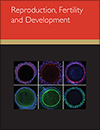
Reproduction, Fertility and Development
Volume 33 Numbers 11 & 12 2021

A tribute to Professor Short who passed away on 6 August 2021 aged 91 years.


Because COVID-19 is a multisystem infection, there are concerns about its effect on the reproductive system in the infected patients. In this study we investigated the potential effects of COVID-19 on parameters of male reproductive performance and found detrimental effects of the infection on sperm motility and DNA integrity. These data will help reproductive medicine specialists to manage the recovered patients to completely regain their fertility potential.
RD21153 Abstract | RD21153 Full Text | RD21153PDF (523 KB) Open Access Article
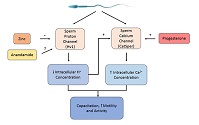
The presence of zinc ion in seminal fluid blocks sperm proton channels, inhibits sperm motility and reduces the fertilisation rate. We found that physiological concentrations of progesterone and anandamide, which are present in secretions of the female reproductive tract, attenuated the inhibitory effect of zinc on spermatozoa. Our results can help find the cause of idiopathic infertility in some couples.
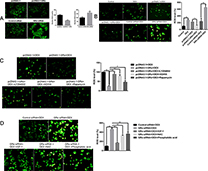
Dexamethasone (DEX) blocked glucose uptake and reduced mitochondrial membrane potential in JEG-3 cells. DEX induced cell apoptosis by downregulating glucocorticoid receptor α (GRα), glucose transporter (GLUT) 1 and GLUT3. Downregulation of GRα by DEX blocked glucose uptake, activated the reactive oxygen species/AMP-activated protein kinase pathway and inhibited the phosphatidylinositol 3-kinase/AKT/mammalian target of rapamycin pathway. The results of this study provide a reference for the use of DEX in the human placenta, and may help in the identification of therapeutic targets to reduce the side effects of DEX treatment in pregnant mothers with threatened premature labour.

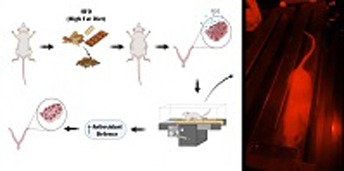
Although the mechanisms by which obesity causes infertility are not yet well known, weight loss in a short period of time has been the main treatment for infertility in cases of overweight or obesity. This study shows that physical exercise using a high-intensity interval training (HIIT) protocol may be more beneficial for maintaining redox balance and promoting follicle development in ovaries from high-fat diet-fed rats. Such findings set a precedent for possible treatments of infertility caused by overweight or obesity.
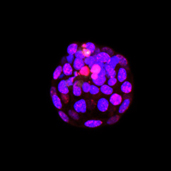
Lack of apoptotic cells in cleavage-stage mammalian embryos has previously been noted, but thus far no further studies on this phenomenon have been conducted. We designed a study using various micromanipulation techniques to couple the ‘age’ of the embryo with the timing of apoptosis; despite manipulation of cell number and volume, and disturbance of the embryo structure, apoptosis was never triggered before the blastocyst stage. These results show that cleavage-stage mouse embryos are, indeed, resistant to apoptosis.

Sperm storage in the female reproductive tract is an important reproductive strategy in many species. There have been no reports regarding the relationship between sperm storage in the oviduct in Mauremys reevesii and the TLR2/4 pathway. In this study, we found that expression of the TLR2/4 pathway is inhibited during sperm storage in M. reevesii. This study contributes to our understanding of the relationship between sperm storage and the innate immune system in the oviduct of reptiles.